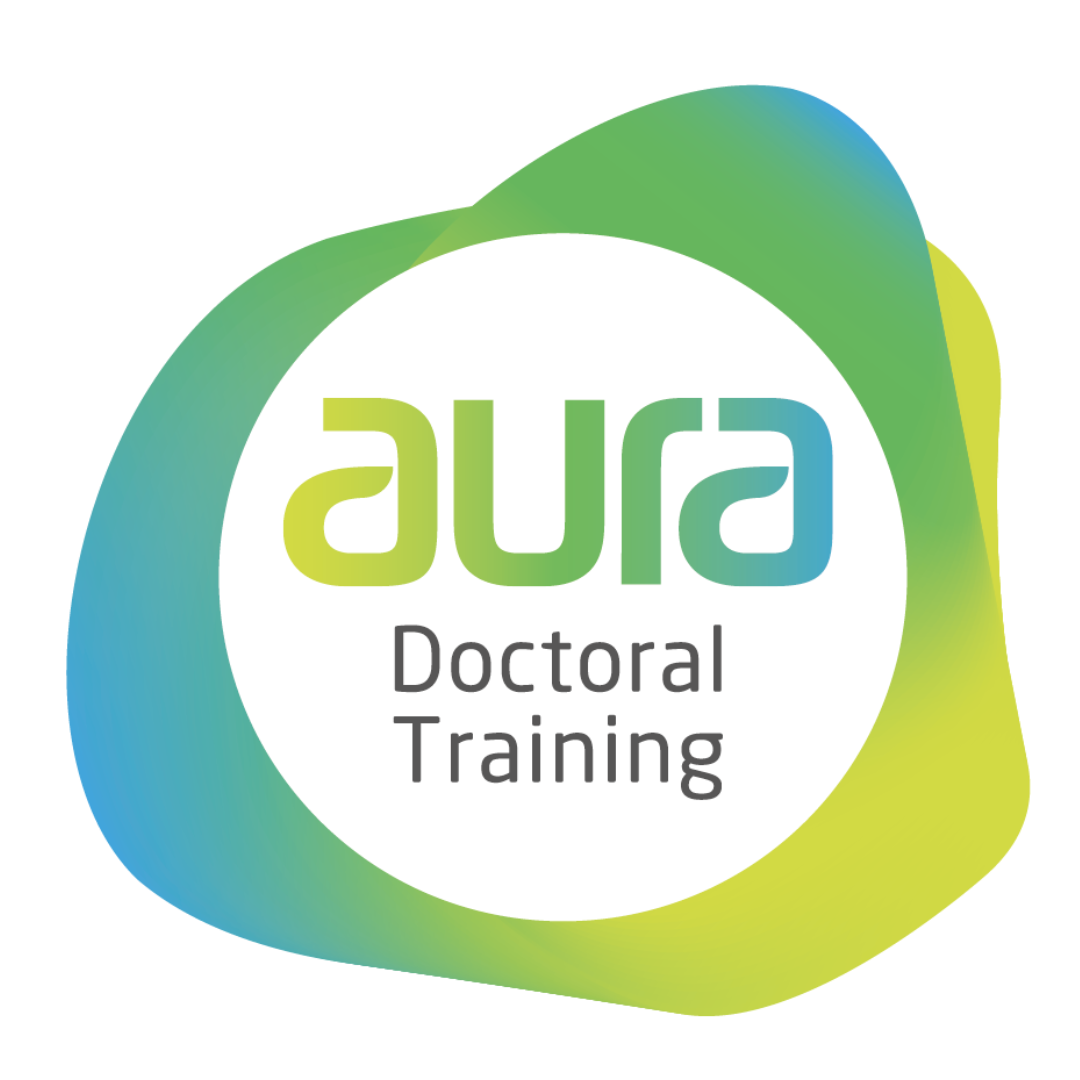

Research projects

- Research area
Push the Frontiers of Offshore Wind Technology
- Institution
Durham University
- Research project
Modelling of subsea cable flow induced vibration effects in offshore wind farms
- Lead supervisor
Dr Lian Gan (Associate Professor in the Department of Engineering, Durham University)
- PhD Student
- Supervisory Team
Professor James Gilbert (Director - Energy & Environment Institute, University of Hull)
Professor Will Coombs (Professor – Department of Engineering, Durham University)
Project Description:
This PhD scholarship is offered by the EPSRC CDT in Offshore Wind Energy Sustainability and Resilience, a partnership between the Universities of Durham, Hull, Loughborough and Sheffield. The successful applicant will undertake six-months of training with the rest of the CDT cohort at the University of Hull before continuing their PhD research at Durham University.
Subsea power transmission cables for offshore wind farms are exposed to complex underwater environmental loading such as waves and currents. This creates challenge in installation, maintenance and repair. By 2028, the government aims to reduce cable-related failure and reliability issues in UK-supplied cables by 80%.
One of the most damaging phenomena is spontaneous flow-induced vibration (FIV)—a type of vibration caused by periodic vortices forming behind the cable when water flows past it. These vibrations result in fatigue damage. In recent years, several offshore wind farms have reported cable failures believed to be linked to FIV, resulting in hundreds of millions of pounds in repair costs and long project delays. To avoid this, we need a reliable FIV modelling tool for subsea cables.
Commercial software tools, originally developed in the frequency domain for oil and gas applications, are effective for global system design but have consistently struggled to capture local flow effects and cable motion in FIV-prone scenarios. To address this limitation, this project will advance a time-domain strip-theory approach, in which sectional fluid forces obtained from Computational Fluid Dynamics (CFD) simulations are applied as distributed loads to resolve the overall structural response. The method will be extended to handle temporally and spatially varying environmental conditions, such as cables positioned in the wake of a monopile or subjected to current shear near the seabed. The project will be implemented numerically, with validation carried out against published benchmark datasets and, where possible, new experimental data from cable testing. This will ensure both the robustness of the modelling framework and its applicability to real-world offshore wind scenarios.
The computational modelling algorithm to be developed will represent a step change over existing industry-standard software in its reliability for subsea cable fluid-structure interaction, a priority identified in the 2023 UK offshore wind supply chain analysis.
Training and development
You will benefit from a taught programme, giving you a broad understanding of the breadth and depth of current and emerging offshore wind sector needs. This begins with an intensive six-month programme at the University of Hull for the new student intake, drawing on the expertise and facilities of all four academic partners. It is supplemented by Continuing Professional Development (CPD), which is embedded throughout your 4-year research scholarship.
You will be given training on OpenFOAM or an equivalent, with a particular focus on techniques for fluid–solid interaction. In addition to academic training, you will have the opportunity to collaborate with leading industry partners such as PDL Group, ORE Catapult, and Orcina (the developer of OrcaFlex, the world-leading industry-standard software for offshore renewable energy design). These partnerships ensure that the project remains closely aligned with industry needs and that the candidate gains first-hand exposure to industrial practices and applications.
By successfully completing this PhD, you will graduate with strong R&D skills not only in the specialised area of cable flow-induced vibrations but also more broadly in underwater flow–structure interaction. This unique combination of academic expertise and industrial experience will open up excellent career opportunities in the rapidly expanding offshore renewable energy sector, particularly in the UK’s growing offshore wind industry.
Entry requirements
If you have received a First-class Honours degree, or a 2:1 Honours degree and a Masters, or a Distinction at Masters level with any undergraduate degree (or the international equivalents) in engineering, computer science or physics, and can demonstrate experience of coding, we would like to hear from you.
If your first language is not English, or you require Tier 4 student visa to study, you will be required to provide evidence of your English language proficiency level that meets the requirements of the Aura CDT’s academic partners. This course requires academic IELTS 7.0 overall, with no less than 6.0 in each skill.
If you have any queries about this project, please contact Dr Lian Gan, lian.gan@durham.ac.uk
You may also address queries about the CDT to auracdt@hull.ac.uk.
Watch our short video to hear from Aura CDT students, academics and industry partners:
Funding
The Offshore Wind CDT is funded by the EPSRC, allowing us to provide scholarships that cover fees plus a stipend set at the UKRI nationally agreed rates. These are currently £20,780 per annum at 2025/26 rates and will increase in line with the EPSRC guidelines for the subsequent years (subject to progress).
Eligibility
Research Council funding for postgraduate research has residence requirements. Our CDT scholarships are available to Home (UK) Students. To be considered a Home student, and therefore eligible for a full award, a student must have no restrictions on how long they can stay in the UK and have been ordinarily resident in the UK for at least 3 years prior to the start of the scholarship (with some further constraint regarding residence for education). For full eligibility information, please refer to the EPSRC website.
We also allocate a number of scholarships for International Students per cohort.
Guaranteed Interview Scheme
The CDT is committed to generating a diverse and inclusive training programme and is looking to attract applicants from all backgrounds. We offer a Guaranteed Interview Scheme for home fee status candidates who identify as Black or Black mixed or Asian or Asian mixed if they meet the programme entry requirements. This positive action is to support recruitment of these under-represented ethnic groups to our programme and is an opt in process.
How to apply
Applications for this project will open in Autumn 2025 for September 2026 entry.
Interviews will be held online with an interview panel comprising of project supervisory team members from the host university where the project is based. Where the project involves external supervisors from university partners or industry sponsors then representatives from these partners may form part of the interview panel and your supplementary application form will be shared with them (with the guaranteed interview scheme section removed).
If you have any queries about this project, please contact Dr Lian Gan, lian.gan@durham.ac.uk
You may also address queries about the CDT to auracdt@hull.ac.uk.
References & Further Reading
Huera-Huarte, F. 57, 2025, Vortex-Induced Vibration of flexible Cylinders in Cross-Flow. , Annual Review of Fluid Mechanics, pp. 285-310.
Hu, H., et al. 2023, Numerical investigation of vortex-induced vibrational responses to a flexible tensioned riser with symmetric grooves in uniform currents. , Ocean Engineering, Vol. 271, p. 113780
Bao, Y., et al. 2016, Generalized thick strip modelling for vortex-induced vibration of long flexible cylinders. Journal of Computatinal Physics, Vol. 321, pp. 1079-1097.
Vencels, J., Raback, P. and Geza, V. 2019, EOF-Library: Open-source Elmer FEM and OpenFOAM coupler for electromagnetics and fluid dynamics
Wang, C, et al. 2018, CFD Simulation of Vortex Induced Vibration for FRP Composite Riser with Different Modeling Methods. , Applied Science

